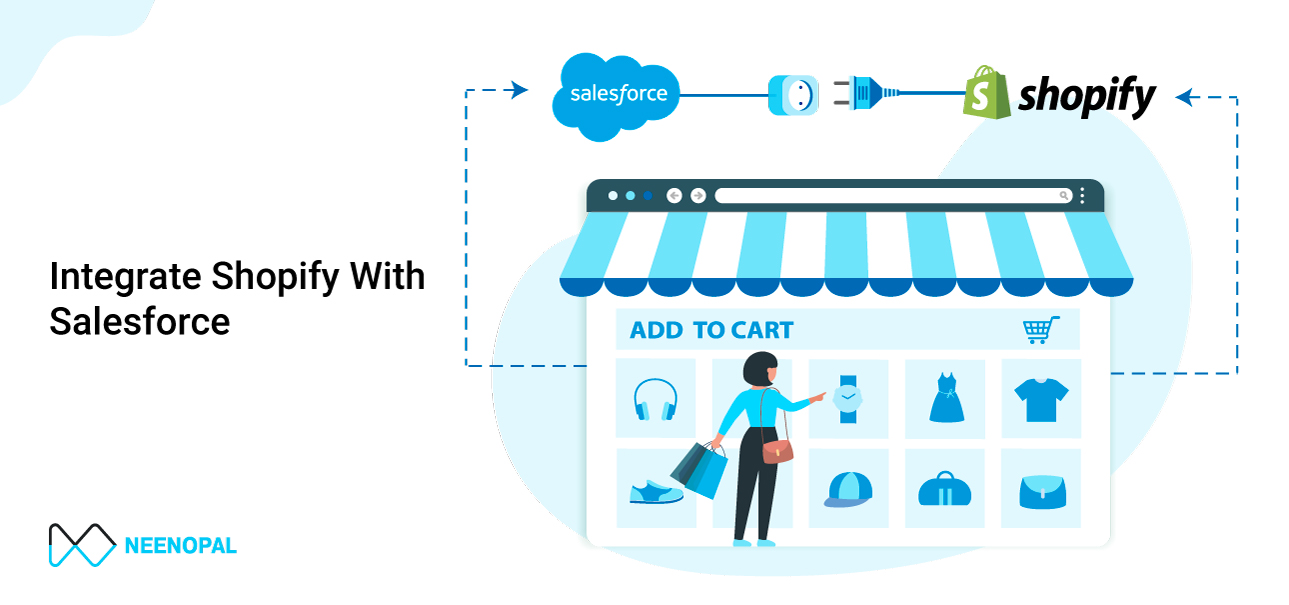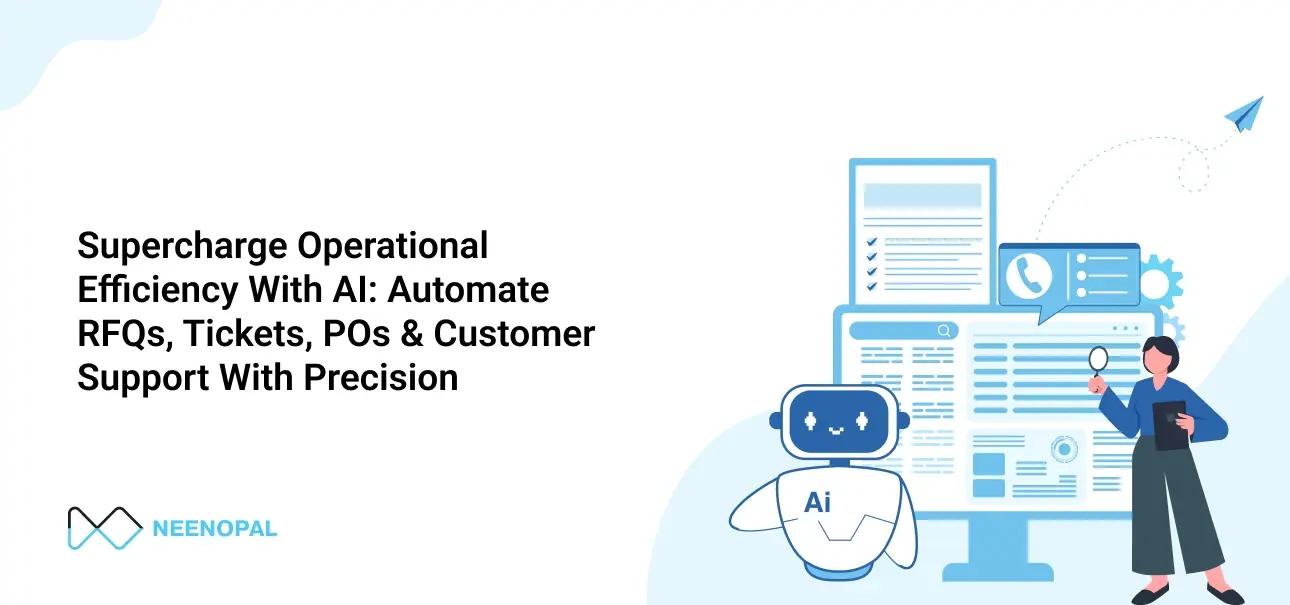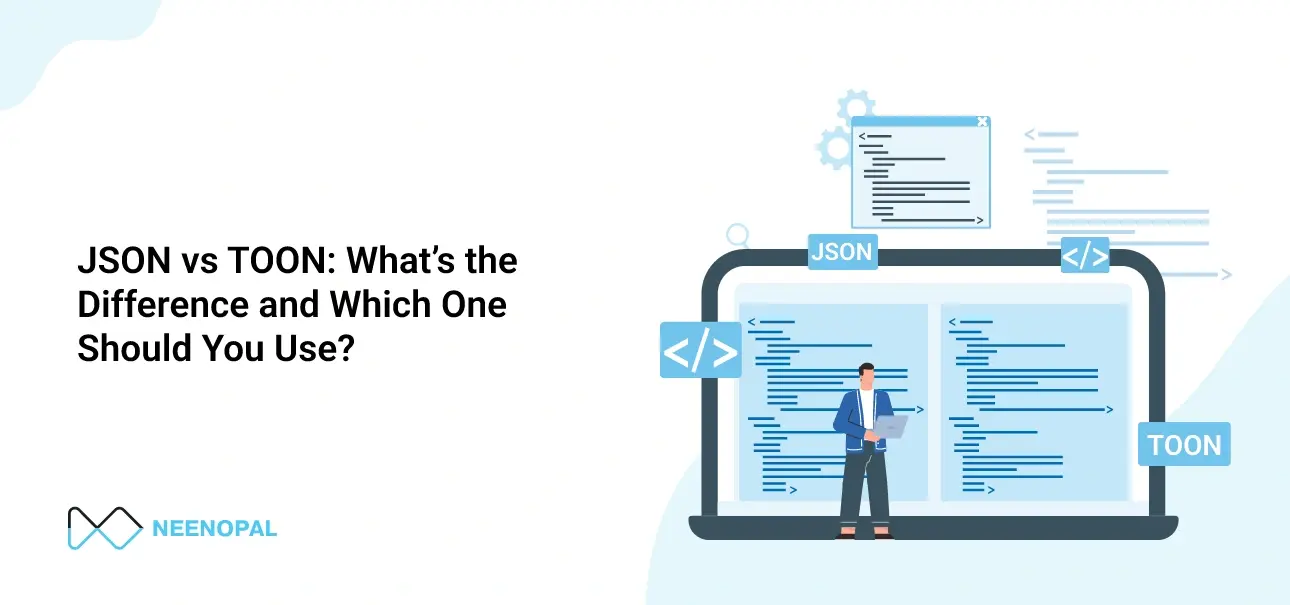Salesforce and Shopify can be integrated to allow for a smooth data transfer between the two platforms. This integration enables the synchronization of customer information, product data, and order details, as well as more advanced features such as inventory level syncing and automated workflows. Various third-party apps are available to integrate Salesforce and Shopify, or companies may create custom integrations using APIs.
Shopify stores e-Commerce data, including sales, orders, customer details, and inventory, which can be optimized through integration with Salesforce. This integration allows companies to have a complete overview of their workflow in one place, making it easier for companies with multiple Shopify stores to manage marketing, finances, and customer support.
The Shopify to Salesforce Integration manages all e-Commerce data in Salesforce and enables users to load it into data warehouses or another third-party tool for analysis and insights, helping store owners to gain a competitive advantage.
Benefits of Shopify to Salesforce Integration
A few benefits of using Shopify to Salesforce Integration are listed below:
- Shopify to Salesforce lets companies synchronize customer details, orders, products, categories, and other details in real-time.
- Salesforce can use the customer’s details from Shopify to email Marketing and gather more information via surveys.
- E-Commerce data is of great use. Companies can run Analytics on e-Commerce data from Shopify to Salesforce.
- Shopify to Salesforce Integration offers efficient customer support for any queries or complaints regarding products. The requests can be easily transferred to Salesforce and managed there.
Salesforce Integration with Shopify via REST API
Shopify is a platform that enables individuals and businesses to create an online store and sell their products. To integrate Shopify with Salesforce, a Shopify account is required. This integration allows for data transfer between the two platforms, such as customer data, product information, and order details.
An access token and password are needed to achieve this integration, which can be generated by creating a private or custom app within Shopify. This integration provides a comprehensive view of the workflow and can be used to analyze data, run marketing campaigns, manage finances, and provide customer support, among other things.
1. Create a Private/Custom app in Shopify:
- Login into your Shopify account/store.
- From the options available on the left side apps, click on Manage Private apps.
- Click on “Create new private app” and fill out the details of the private app.
- After creating the app, you will get the API key and password.
2. Things to do in Salesforce org before proceeding further are:
- First, we need to place the Shopify store URL (Example URL in the private app created in the Shopify store) in Remote Site Settings.
- We need to create a certificate in Salesforce that will make Salesforce a trusted site, and Shopify will accept the certified request and sends the data.
3. Steps we need to follow for fetching data from Shopify to Salesforce:
- First, we need to create a REST class to fetch the data from Shopify.
- We need to create a VF page and call the REST class from the VF page.
POSTMAN TESTING
Postman is a popular tool used for API (Application Programming Interface) testing and development. It allows you to send HTTP requests to a server and receive the response, making it easy to test and debug APIs.
1. Post Method


2. Get Method







